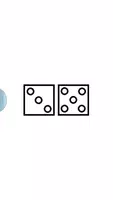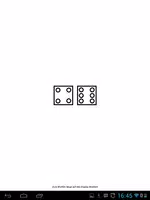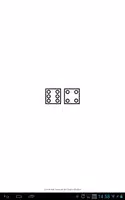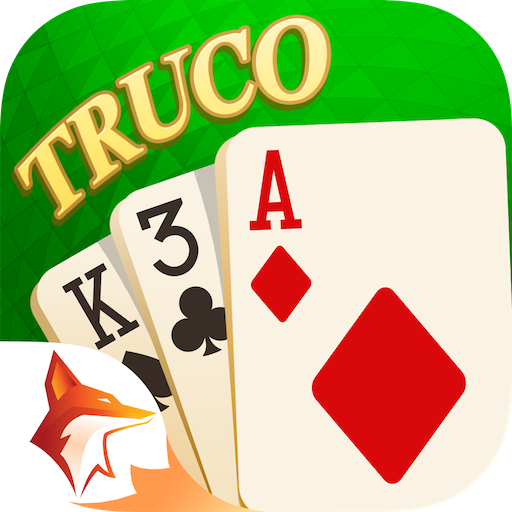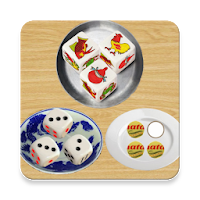Dice, fundamental tools in games and random number generation, come in many shapes and sizes. This guide introduces two common types: the standard six-sided cube, numbered 1-6, ubiquitous in board games and casino classics like craps; and the less frequent four-sided tetrahedron, displaying numbers 1-4. Both offer fair, unbiased randomness, making them valuable game components.
Objective
The aim is to achieve specific number combinations or sums using dice rolls, determined by the chosen rules.
Gameplay
- Setup: Two six-sided dice and a scoring sheet (optional) are needed.
- Rolling: Players alternate turns, rolling both dice simultaneously.
- Scoring: Points are awarded based on the dice roll outcomes.
Basic Rules
- Dice Sum: Points equal the sum of the two dice.
Special Combinations:
- Doubles: (e.g., two 3s) yield bonus points.
- Seven: Rolling a total of seven often earns extra points.
Scoring Example
Total Score: Accumulate points from each roll.
Bonus Rolls:
- Doubles: +10 points
- Total of 7: +5 points
Variations
- Target Score: Establish a target score (e.g., 50 points). The first player reaching it wins.
- Rounds: Play a fixed number of rounds; the highest total score wins.
Tips
- Enjoyment: The game's simplicity allows for relaxed play with friends or family.
- Score Tracking: Tracking scores enhances the competitive aspect.


